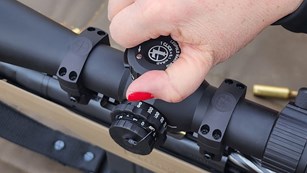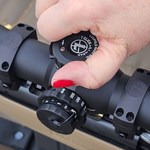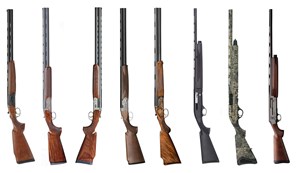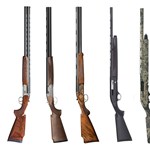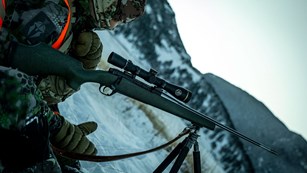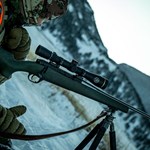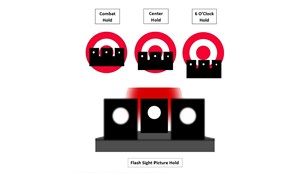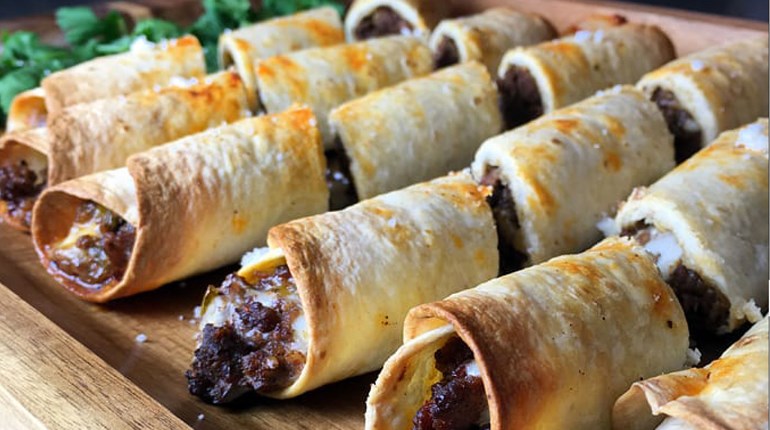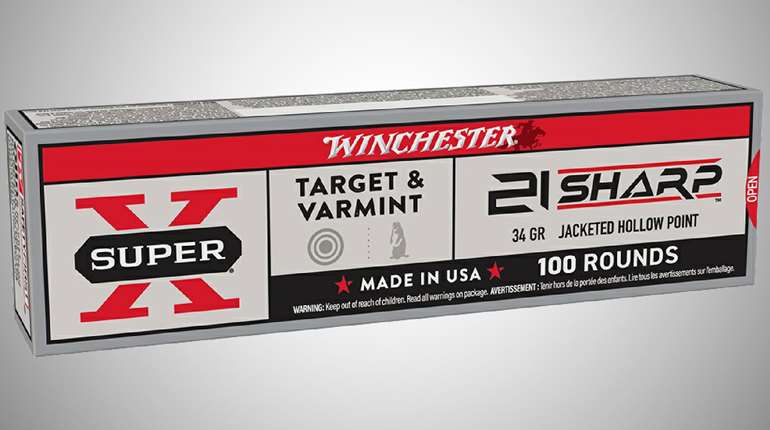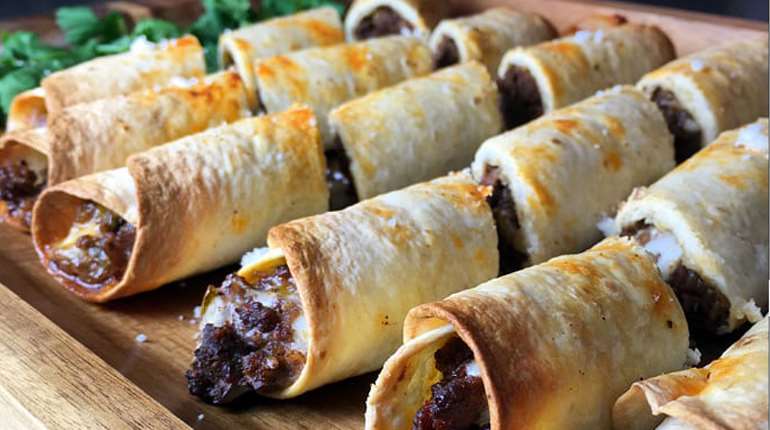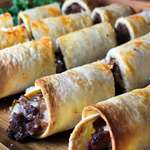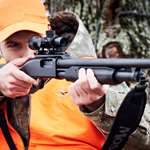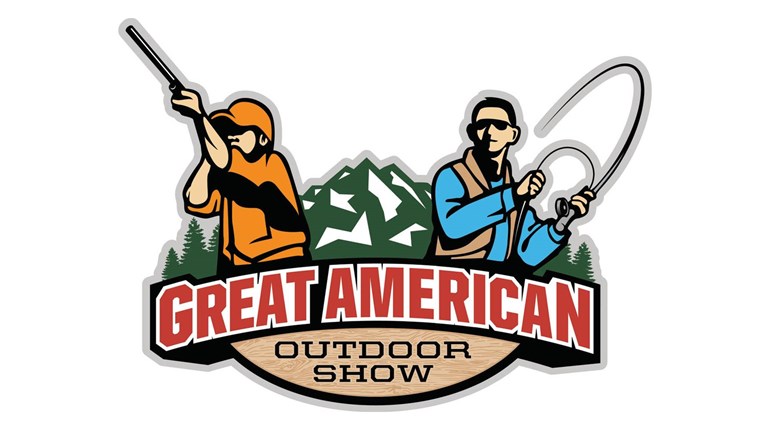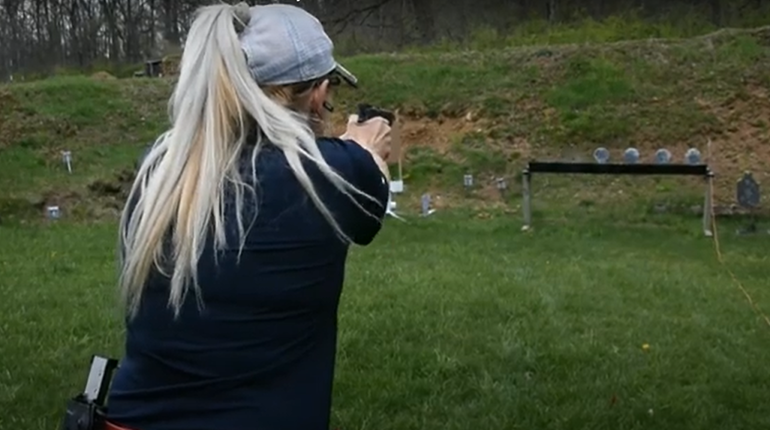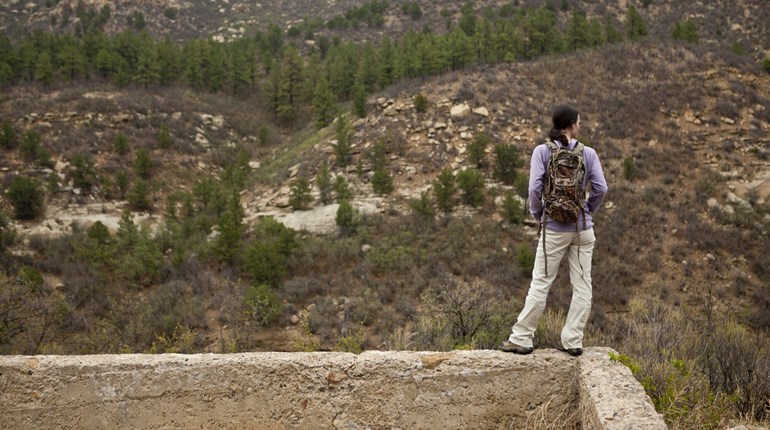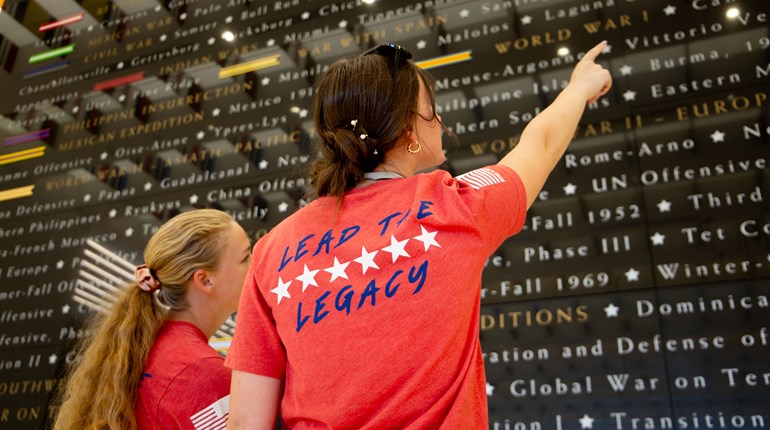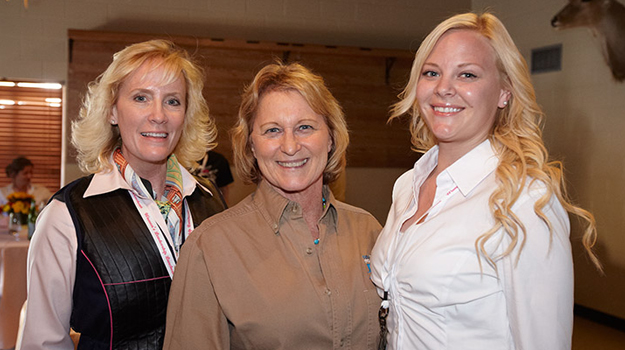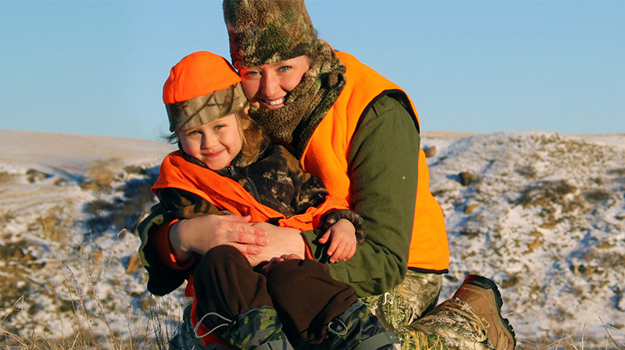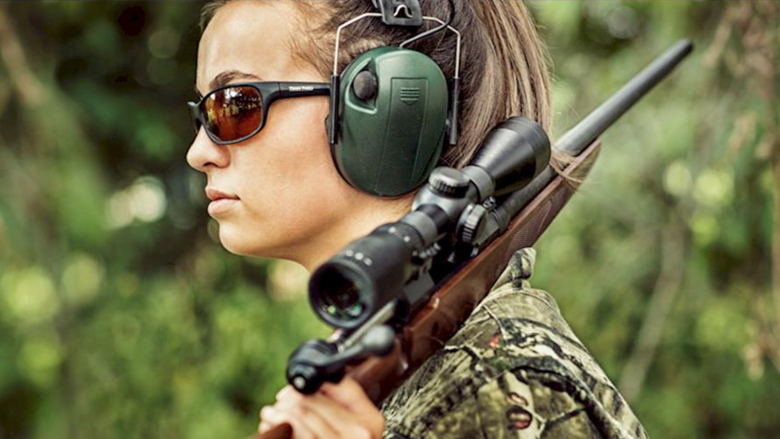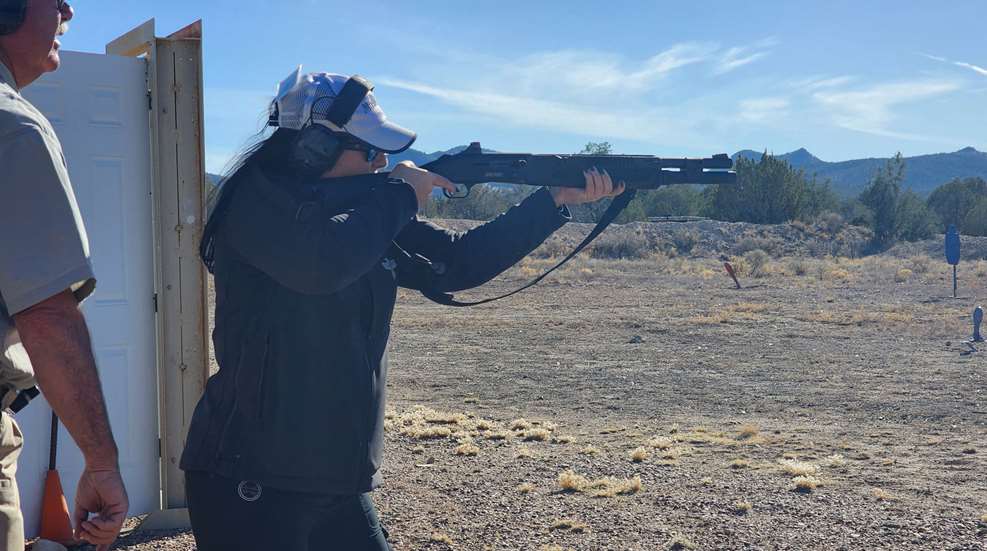
If a shotgun or rifle is your home-defense firearm of choice, you should be at least occasionally training with it at the range. And for range as well as for home-defense use, you’ll find a tactical sling is really handy for all sorts of reasons.
While a two-point sling is favored by most shooters, we’re not talking about a hunting sling here. Most hunting guns all have a simple leather or nylon sling on them that, frankly, leave something to be desired. They’re better than nothing for helping you carry the gun while you’re walking, but they tend to slip off your shoulder so you have to keep one hand on the gun, creep down so the gun ends up pointing in an unsafe direction if you’re not vigilant to keep shifting it back into place, and generally need a good bit of fooling with.
A tactical sling, on the other hand, shouldn’t be something you have to think about or fool with. After you’ve trained with it sufficiently to operate it smoothly, it should be a supportive tool that’s there when you need it but which doesn’t require you to muck around with it or constantly check to see that it’s still doing its job. In fact, a good tactical two-point sling should do four things for you.

1. Let Your Go Hands-Free
While it’s a stretch to say that the sling is “a holster for a long gun” (because it doesn’t cover the trigger guard), one of the main functions of a tactical sling is to tether the gun to you in a way that lets you drop it and go hands-free when needed. At the range, you might be grabbing a drink, taking a break in between training sessions, futzing with your hat or just needing to give your arms a rest from supporting the weight. In a home-defense scenario, you might need to pick up a child, move something heavy out of the way, open a window or something else that requires two hands.
You should be able to let your gun hang safely around your body/neck in a way that keeps the gun pointed in a safe direction, where it won’t flop around, so that yo u can use your hands freely. This is the most basic function of a good tactical sling, so if yours doesn’t at least allow for this, get a new one.
2.Offer Stability
You might or might not use a sling for this purpose, but properly utilized and adjusted, a tactical sling can serve as a brace for your arm(s) that increases your stability while shooting. This is a skill that takes some practice, but once you master it and can utilize it quickly, it really can help with accuracy—particularly important with a rifle.
To use a sling in this way, it needs to be adjustable, because the length affects how tight it will be on your arms—it needs to be snug when braced, or there’s no point. Good tactical slings have quick-adjust features that allow you to easily shorten or lengthen the sling as needed with a fast tug.
3. Detach Quickly
If everything goes wrong and you end up hurt, it’s important that the sling can be removed from your body (by you or by someone else, like first responders) to get the gun out of the way. Tactical slings generally use QD (quick-detach) mounts to attach to the gun, although these come in a few different forms. Unlike traditional hunting sling swivel studs that require a series of pushing, pulling, screwing and rotating to remove, QD mounts are designed to be removed much more quickly in case of emergency.
4. Allow for Flow
There are a variety of carry, ready and rest positions you can use with a sling, and a good sling will allow you to flow from one position to another smoothly, without encumbrance. You might go from a casual front sling position while you’re standing around to a low carry when you’re moving, then to a low or high ready position as you anticipate encountering a threat, maybe even into a shooting position, then back to low carry when the threat has passed. If there is indeed a threat or a target, there will be no time to waste fumbling with a sling that’s too tight and hangs up around your chest. Similarly, you don’t want excess material flopping around just waiting to tangle your arms up when you’re trying to get your elbow out of the way of the sling.
You need a sling that fits properly and is, as mentioned before, instantly adjustable so that you can easily move from one position to another—the sling should be aid to you, not a hindrance. That’s not to say that moving from one position to another is natural and easy. It does take some practice to learn how the gun and sling work together and to figure out the movements required (OK, first my elbow goes here, then my hand moves this way through the sling…) But with some training—and the right sling—it’ll become second nature.


